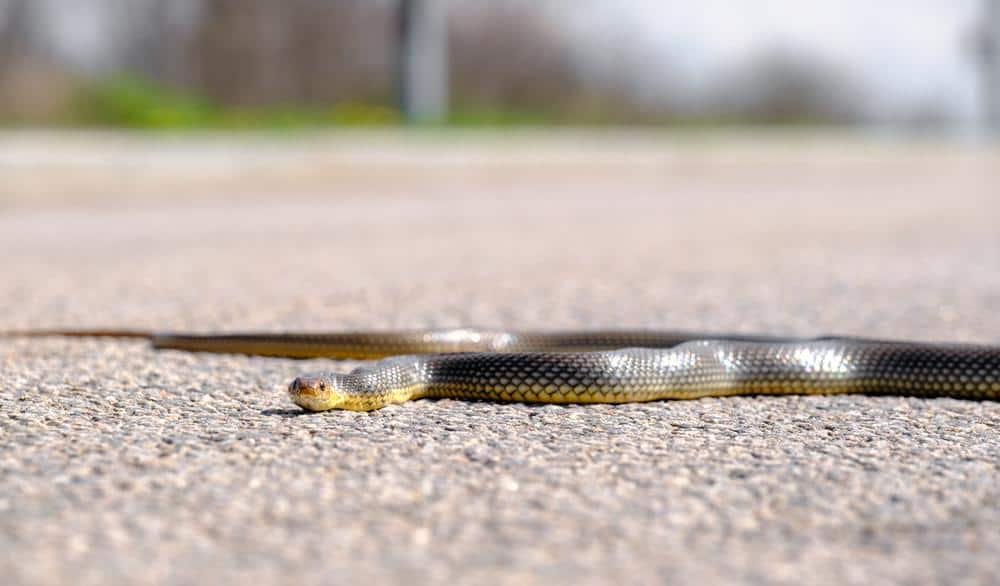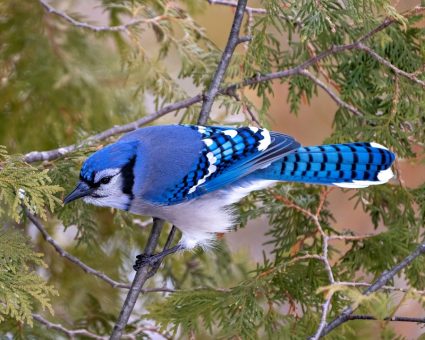
Copperheads, scientifically known as Agkistrodon contortrix, are venomous snakes found across various parts of the United States. While they are not usually aggressive, their presence can be unsettling, and their bites, though rarely fatal, can be painful and require medical attention. For these reasons, many homeowners seek ways to repel these snakes. In this comprehensive guide, we will explore what repels copperheads, debunk common myths, and provide practical tips to make your property less inviting to these creatures.
Copperheads can be repelled by commercial products like Bonide Snake Stopper Repellent, Victor Snake-A-Way Snake Repellent, and Nature’s MACE Snake Repellent. Natural deterrents such as vinegar, ammonia, and certain plants like West Indian lemongrass, onion, garlic, and marigolds may also work. Modifying the environment to make it less attractive to copperheads, such as maintaining a clean yard, controlling rodent populations, and sealing off potential entry points can also be effective. However, no single method is guaranteed to work, and a combination of strategies is often the most effective.
What Deters Copperheads?
Commercial Products
Several commercial snake repellent products are available, including Bonide Snake Stopper Repellent, Victor Snake-A-Way Snake Repellent, and Nature’s MACE Snake Repellent. These products typically contain ingredients like naphthalene or sulfur that snakes find unpleasant. However, their effectiveness can vary, and homeowners should follow the manufacturer’s instructions for optimal results.
Natural Deterrents
Several natural deterrents can also be effective. For example, vinegar and ammonia can be sprayed around your yard as homemade repellents. Some homeowners have found success with certain plants, such as West Indian lemongrass, onion, garlic, and marigolds. However, it’s important to note that no plant has been definitively proven to repel copperheads.
Environment Modification
Making your property less attractive to copperheads can also be an effective deterrent. This involves maintaining a clean yard by removing debris, controlling rodent populations, sealing off potential entry points, and using snake repellents.
Copperhead Behavior and Biology
Understanding copperhead behavior and biology can also be helpful in deterring them. Copperheads are ambush predators that rely on their camouflage to blend in with their surroundings. They are attracted to areas with abundant prey, such as rodents and insects. By addressing these factors, you can create an environment that is less attractive to copperheads.
Dealing with Copperheads Safely
If you encounter a copperhead, it is crucial to stay calm, maintain a safe distance, and never attempt to handle or provoke the snake. Instead, slowly back away and alert others to its presence. If you are bitten, seek immediate medical attention.
Preventative Measures
Preventative measures can also reduce the likelihood of a copperhead showing up in your yard. These include maintaining a neat yard, removing hiding spots, sealing off yard entry points, using snake repellents, and keeping woodpiles and shrubbery away from your home.
Debunking Common Myths
Finally, it’s important to debunk some common myths about copperheads. For example, mothballs do not deter snakes, and copperheads are not aggressive by nature. Killing or relocating a single copperhead will not necessarily solve the problem, as another snake may take its place.
In conclusion, while copperheads can be unnerving, there are various strategies to repel these snakes and make your property less appealing to them. By understanding their behavior and biology and taking appropriate preventative measures, you can significantly reduce the likelihood of encountering these snakes in your yard. Remember, if you do encounter a copperhead, it’s best to call a professional pest control service or your local animal control to handle the situation safely.
Frequently Asked Questions
How often should I apply commercial snake repellents?
The frequency of application can vary depending on the specific product, but generally, you should reapply commercial snake repellents every 30 days or after heavy rain. Always follow the manufacturer’s instructions.
Is it safe to use vinegar and ammonia as homemade repellents?
Yes, using vinegar and ammonia as homemade repellents is generally safe. However, be careful not to inhale the fumes or let them come into contact with your skin or eyes. Always use these substances in well-ventilated areas.
What should I do if I find a copperhead in my home?
If you find a copperhead in your home, do not attempt to handle or provoke the snake. Keep a safe distance, and call a professional pest control service or your local animal control for safe removal.
What time of the year are copperheads most active?
Copperheads are most active in warmer months, typically from April to October. However, they can sometimes be seen on warm, sunny winter days.
Can pets deter copperheads?
While pets, especially cats and dogs, may deter copperheads to some extent due to their activity and presence, they are also at risk of being bitten. It’s recommended to keep pets away from areas where copperheads are known to inhabit.
Can I use mothballs to repel copperheads?
Contrary to common belief, mothballs are not effective at repelling copperheads or any other snakes. Furthermore, they contain chemicals that can be harmful to humans and pets if ingested or inhaled.









